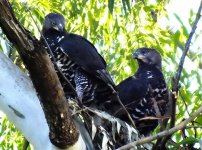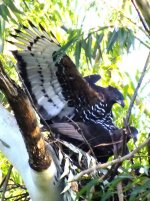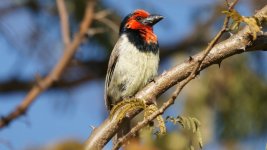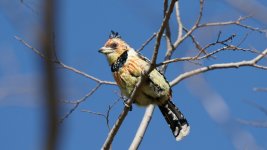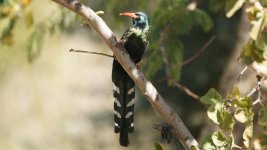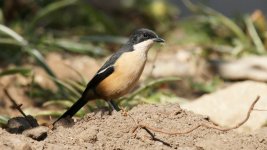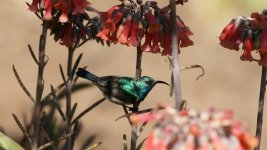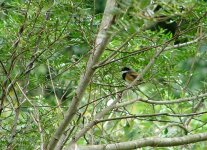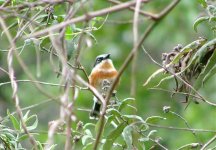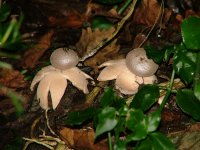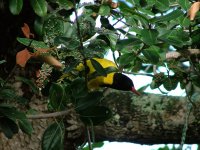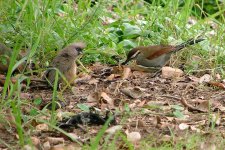Martin Hobbs
Well-known member
Trying to get good shots of eagles, kites & other raptors for years in Europe; as here http://ibc.lynxeds.com/users/brendan-marnell but usually have to find a hide in high cold places. Having eagles, kites and owls even visiting gardens is amazing but unthinkable in a tiny country like Ireland. Makes me want to spend a month in South Africa just shooting birdflight, no fancy hotels, no city tours, and the less time spent driving from B to C to D the better.
Would Kevin or Martin have time to point me in the right directions, please? The more specific directions the better of course and my wife enjoys bee-eaters, rollers & hoopoes as well but preferably without joining an organised tour. We can rough it a bit in our 70's and follow maps.
Hi,
It is best to do some research on what time of year to come to SA as some of the areas the number of bird species will be less in winter than in summer when the migrant birds visit. Some areas are more affected than others in this regard.
I find the following website supplies great information and detail on birding in Southern Africa. Information can be found on http://wiki.sabirding.co.za
You could try the Kgalagadi Transfronteir Park which is famous for its Raptors. Over 46 have been recorded there. Some specials are Lappet-faced Vulture, White-headed Vulture, Martial Eagle, Black-chested Snake-Eagle, Bateleur, Lanner Falcon, Red-necked Falcon, Pygmy Falcon, Red-footed Falcon, Secretarybird, Southern White-faced Scops-Owl, and Verreaux’s Eagle-Owl.
More information on this area can be found on http://wiki.sabirding.co.za/Kgalagadi.ashx
The Kruger Park is also a great place for Raptors. The north is generally better for the big Raptors, while the south is more suited to the smaller Raptors. Vultures include White-backed Vulture, Cape Vulture, Lappet-faced Vulture, Hooded Vulture and White-headed Vulture. Large raptors encountered throughout the year are Martial Eagle, African Crowned Eagle, Verreaux's Eagle, Tawny Eagle, African Fish-Eagle, African Hawk-Eagle, Brown Snake-Eagle, Black-chested Snake-Eagle, African Harrier-Hawk, Bateleur and Dark Chanting Goshawk. Summer visitors include Steppe Eagle, Wahlberg's Eagle and Lesser Spotted Eagle. Smaller species include African Cuckoo Hawk, Bat Hawk, Lizard Buzzard, Gabar Goshawk, African Goshawk, Shikra, Little Sparrowhawk, Black Sparrowhawk, Ovambo Sparrowhawk, Lanner Falcon, Eurasian Hobby, Dickinson's Kestrel, Lesser Kestrel and Amur Falcon. Rare visitors include Ayres's Hawk-Eagle, Montagu's Harrier, Pallid Harrier, Sooty Falcon, Red-necked Falcon, European Honey-Buzzard and Osprey.
More information on this area can be found on http://wiki.sabirding.co.za/Kruger.ashx#GRaptors_5
Some areas in the Drakensburg can also be rewarding for Raptors, and is really the only place that the Bearded Vulture can be found. It is a vast mountain range with many areas to stay and all offering different levels of accommodation. The weather can be changeable at these altitudes so you will have to be prepared, even in the summer months.
South Africa is a large country. Travelling can be long but it will never be boring. The SA scenery is stunning and ranges from deserts in the West to lush forests in the East. The world renowned Fynbos of the Cape region to the arid tree savannah of the North.
You will love it here.
Martin




